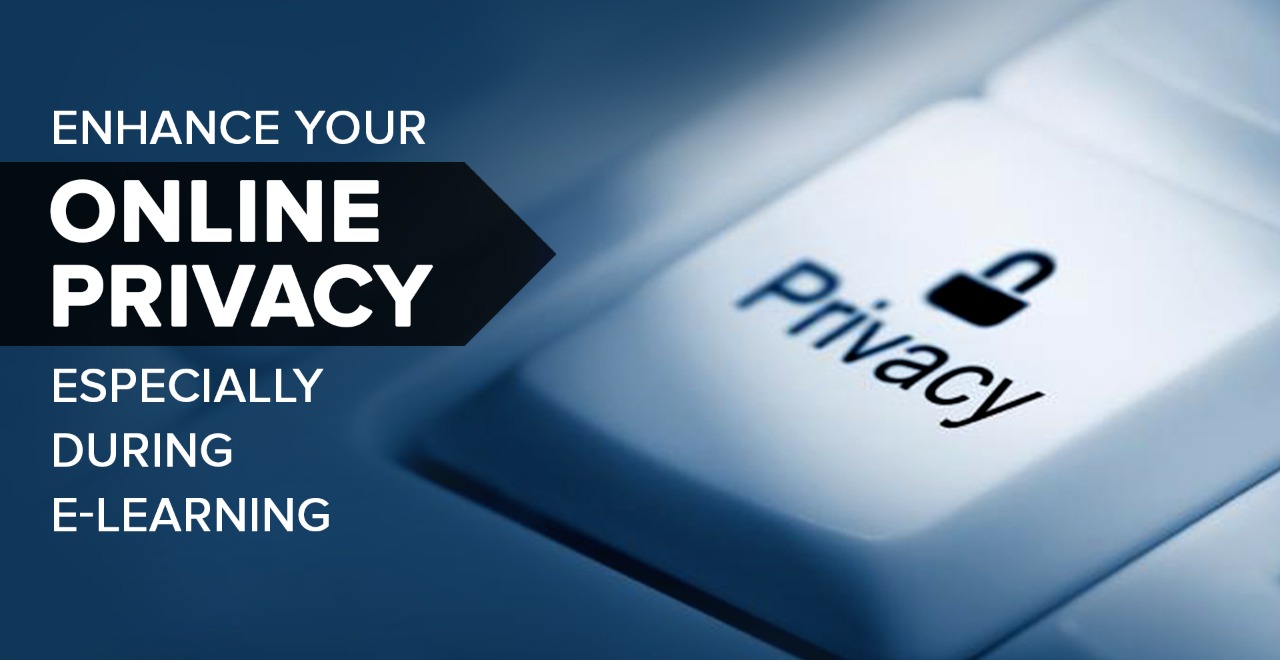


The boom of online learning platforms brought over many exciting technological revelations in the guise of Ai, deep learning, robotics and more, but have you considered your personal online security as the virtual world opens up its infinite potential? Educational institutions have rolled out new technologies to accommodate virtual learning options, ranging from video conferencing tools to educational mobile applications. Ensuring your security measures as an online learner is crucial as day-to-day tasks are getting automated—pinned down to security codes and passwords. There is more to enforcing complete online security than a set of strong passwords, and today we will explore some tips for you as a participant of online learning platforms.
Strong with the Basics.
Online learning is the primary measure to learn and teach students of all stages. Protecting yourself online is crucial, but it is also essential to look at how far you can protect your data that you have consented to the online world, with or without realising. Sites like GoTraining advise users to take particular measures to protect social media profiles with strong passwords unique to different platforms. Also, many platforms have a multi-factor authentication function for users to utilise, as well as voice recognition, touch security, etc. It is best to keep it specific, a complex mix of symbols and characters and, importantly, written down somewhere which isn’t easily accessible.
Secure Channel.
Online learning users should consider using a Virtual Private Network (VPN), which can enhance the security of a device being used for online learning. The perk of using a VPN is that it can turn any system into an anonymous machine that’s harder to track online while encrypting the data that flows in and out. In this case, each and every data exchange between students, educators and system is fully secured, evading opportunity for potential cyberattacks.
Multilayered Protection.
It is also a helpful tip to ensure your account is private so that you have to approve someone's request before they can access your profile. This type of multilayered accessibility is likened to having multiple padlocks to a safe, thus, it provides an additional layer of security for your data online. On top of that, there are many security-centric apps and software at the click of your mouse regardless of any devices. Users should consider exploring all these available tools and utilize whichever fits their respective needs and potential threats. Anti-virus, anti-malware and other software alike should be updated from time to time, and when possible, invest in reliable ones rather than relying on random, easily downloadable software from counterfeit websites, free of charge. You should be concerned if that was the case.
Accountability and Due Diligence.
It is crucial for online learning companies to run due diligence on their learning platforms — from vetting the new software vendors they’re working with or mobilizing IT support teams specifically to manage protection and security measures for users, educators and the system altogether. Institutions are also advised to adopt effective mitigation strategies to fall back to. For instance, when a cyber-attack occurs, what is the first thing these institutions and vendors should act on? How will the vendors be notified if a breach happens?
As we adopt technologies and embrace innovation, we also need to be aware that much of what you do online is not private. Be selective and make sure you are comfortable with the content you are posting, as it cannot be deleted. The Edtech systems in flux now and will remain so, with long-term repercussions expected. Students, educators, and IT teams should follow these steps to bolster online learning security.